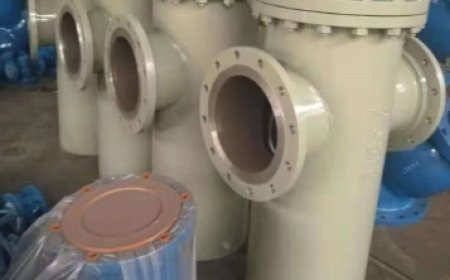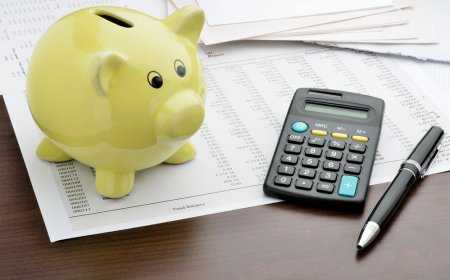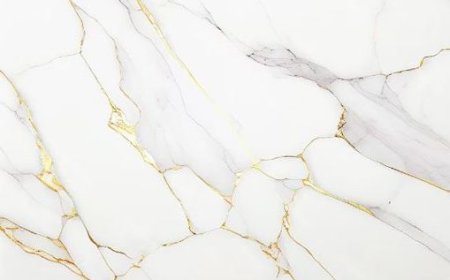Everything You Need to Know About Pool Pump Replacement
Maintaining a clean, functional, and safe swimming pool depends largely on one vital component: the pool pump. The pool pump is the heart of your pools circulation system. It keeps water moving through the filter, heater, and chlorinator, ensuring clean and healthy water. When your pump starts to fail, timely pool pump replacement is essential to avoid water stagnation, algae buildup, and potential damage to other components of your pool system.
Signs You Need a Pool Pump Replacement
While pool pumps can last for several years, they don't last forever. Recognizing the signs of a failing pump can save you time, money, and frustration. Some of the most common indicators that it's time to consider a pool pump replacement include:
Strange Noises or Grinding Sounds
A pool pump that begins making loud grinding, screeching, or rattling noises could be a sign of failing bearings or internal damage. These issues can worsen quickly, potentially leading to complete failure if not addressed.
Reduced Water Circulation
If you notice that your pool water isn't circulating as effectively as it used to, your pump may be losing its power. Reduced flow can impact your pools filtration system and increase the risk of algae growth.
Constant Leaks
Leaks around the pump housing or under the motor can indicate failing seals or cracks in the pump body. While some leaks can be repaired, extensive leakage may justify a full replacement.
Frequent Tripping of Circuit Breakers
If your pump is frequently causing your circuit breaker to trip, this may point to electrical issues or a failing motor. Ignoring this can pose safety risks and lead to more costly repairs.
Age and Obsolete Models
Most pool pumps have a lifespan of 8 to 12 years. If your pump is within or beyond this range and giving you trouble, replacing it with a modern, energy-efficient model might be the best decision.
Benefits of Replacing Your Pool Pump
Replacing your old or malfunctioning pool pump doesnt just restore functionality it can offer several important benefits that enhance your pool ownership experience.
Improved Energy Efficiency
Modern pool pumps, especially variable-speed models, are designed to use less electricity than older single-speed pumps. By upgrading, you can potentially save hundreds of dollars per year on your energy bills.
Quieter Operation
Newer models often operate more quietly, making your pool area more peaceful and enjoyable. This is especially valuable for residential settings where noise pollution can be a concern.
Enhanced Water Quality
A new, properly sized pump ensures better water turnover and filtration, reducing chemical usage and keeping your pool water cleaner and safer.
Better Compliance With Regulations
Many regions have introduced regulations that restrict the use of inefficient pool equipment. A new pump can help you stay in compliance and avoid fines or restrictions.
Choosing the Right Replacement Pool Pump
When it's time for a pool pump replacement, choosing the right model for your specific pool and usage needs is crucial. Here are a few key considerations:
Pool Size and Volume
Your pool's volume will determine the pump size required to circulate all the water within 8 hours. A pool professional can calculate the gallons per minute (GPM) flow rate needed to ensure proper circulation.
Single-Speed vs. Variable-Speed Pumps
Single-speed pumps run at one fixed speed and are less energy-efficient. In contrast, variable-speed pumps allow you to adjust the flow rate, reducing energy consumption and operational costs. Though they may have a higher upfront cost, they often pay for themselves in energy savings over time.
Compatibility With Your Existing System
Make sure the new pump is compatible with your filter, plumbing, and any additional features like heaters or saltwater systems. Incompatibility can reduce efficiency or damage connected equipment.
Manufacturer Reputation and Warranty
Choose a pump from a reputable manufacturer that offers a strong warranty and customer support. Brands like Pentair, Hayward, and Jandy are well-known for quality and reliability.
Pool Pump Replacement Process
Replacing a pool pump involves several steps, and while it may seem intimidating, it can be done by a skilled DIYer or, preferably, a professional technician. Here's what the process typically looks like:
Turn Off Power and Drain the System
Before beginning any work, always disconnect the power to the pump at the circuit breaker. Then, release any water pressure in the system by opening the pump lid and valves.
Remove the Old Pump
Disconnect the plumbing, electrical wiring, and mounting hardware from the old pump. Take note of how the wires are connected or take a photo for reference.
Install the New Pump
Place the new pump in the same location, aligning the plumbing and mounting holes. Reconnect the electrical wiring and secure the pump. Use plumbing tape or sealant to ensure a watertight connection.
Prime and Test the System
Fill the pump with water (priming), close the lid, and restore power. Turn on the pump and check for leaks, proper water flow, and smooth operation. Adjust settings if you're using a variable-speed model.
Hiring a Professional vs. DIY Pool Pump Replacement
While replacing a pool pump can be a DIY project for those comfortable with plumbing and electrical work, it often makes more sense to hire a professional. Heres why:
Safety and Compliance
Working with electricity and water carries inherent risks. A certified technician ensures that the installation is safe and meets local codes and safety standards.
Proper Sizing and Selection
A professional can assess your pool's needs and recommend the best pump type, size, and features, eliminating the guesswork.
Warranty Protection
Many pump warranties require professional installation. Doing it yourself could void the warranty, leaving you unprotected if issues arise.
Maintaining Your New Pool Pump
Once youve invested in a pool pump replacement, proper care can extend its life and keep your pool running smoothly.
Clean the Pump Basket Regularly
Debris like leaves, bugs, and dirt can clog the pump basket, reducing efficiency. Check and clean it weekly during swim season.
Keep the Water Level Consistent
Ensure the pool water stays at the correct level to prevent the pump from sucking in air, which can damage the motor.
Schedule Annual Inspections
Have a pool professional inspect your system annually to catch potential issues early and ensure optimal performance.
Conclusion
A functioning pool pump is essential to the health and enjoyment of your swimming pool. Whether your old pump is failing, inefficient, or simply outdated, investing in a pool pump replacement is a wise move for energy savings, improved water quality, and peace of mind. Take the time to evaluate your needs, choose the right pump, and ensure it's installed correctlyyour pool and your wallet will thank you.

































![Play99 Login & Registration Guide for Indian Users [2025 Update]](https://www.atlantanewsplus.com/uploads/images/202507/image_140x98_6870c1df7bfcd.jpg)

